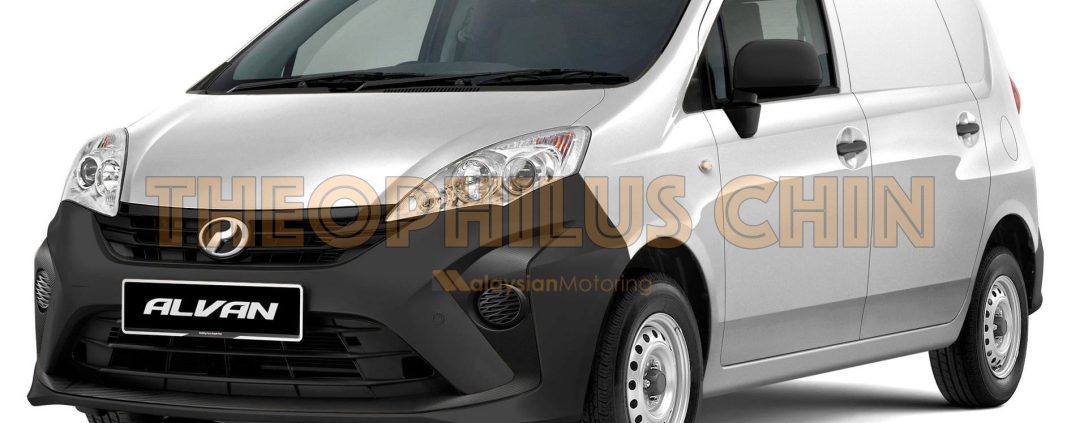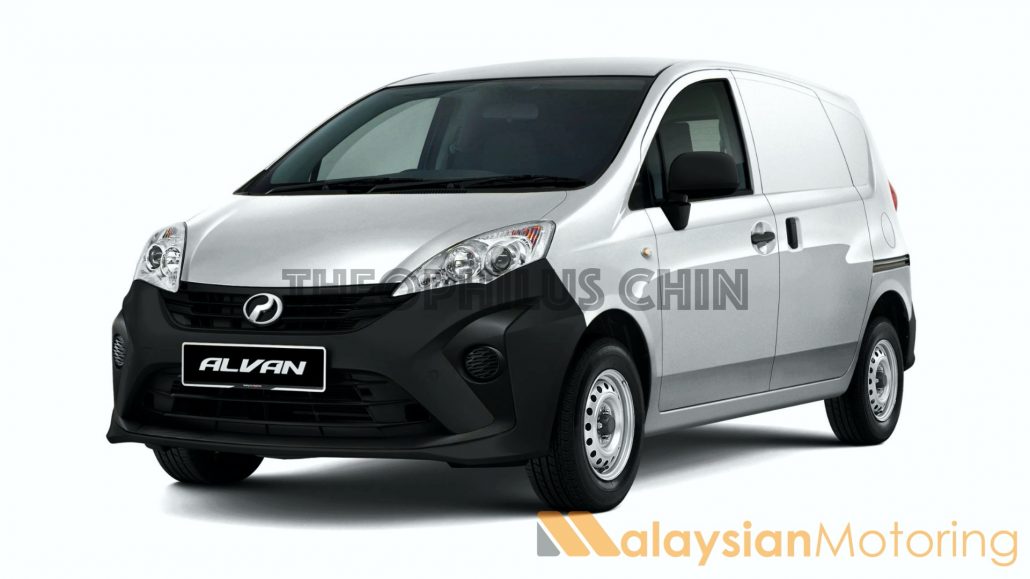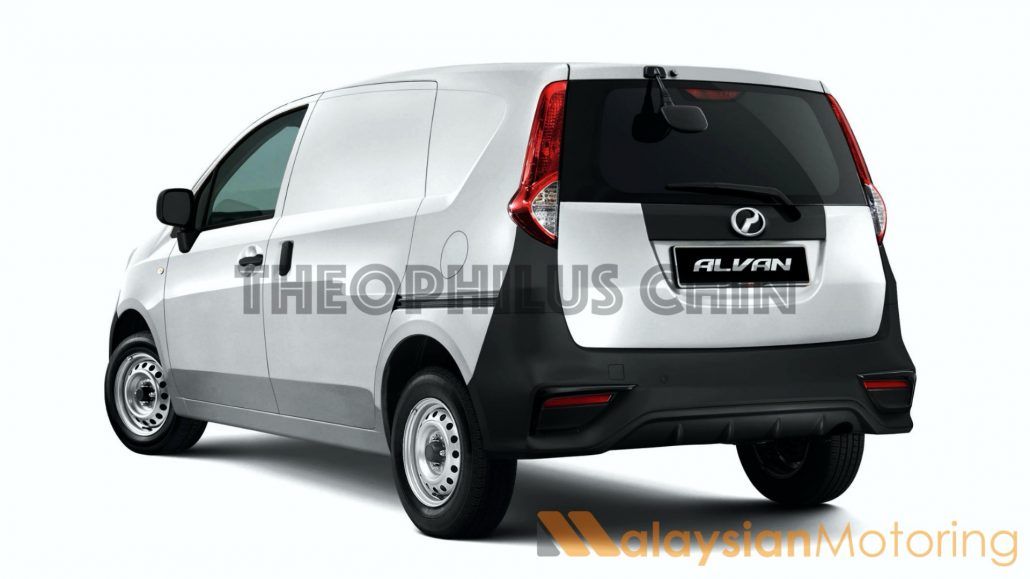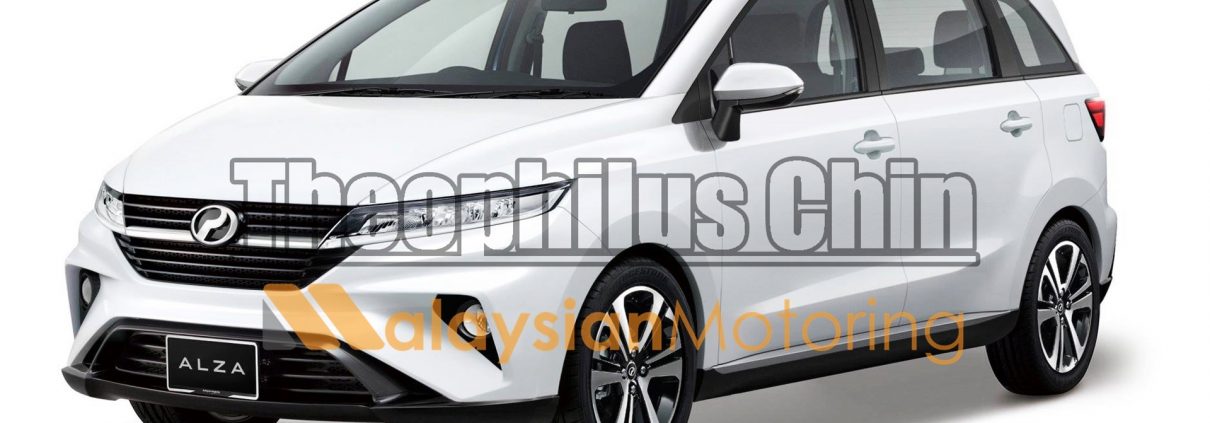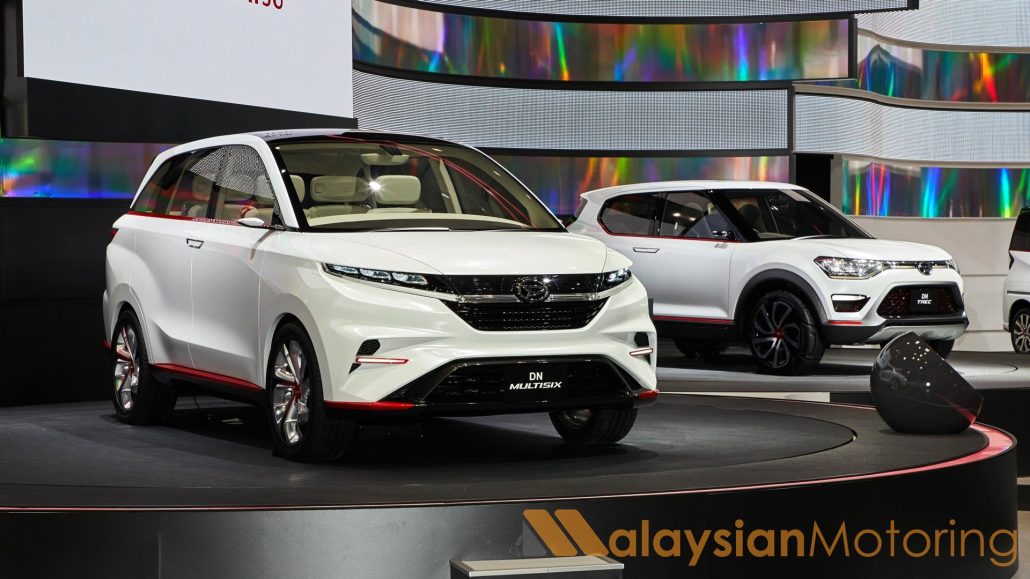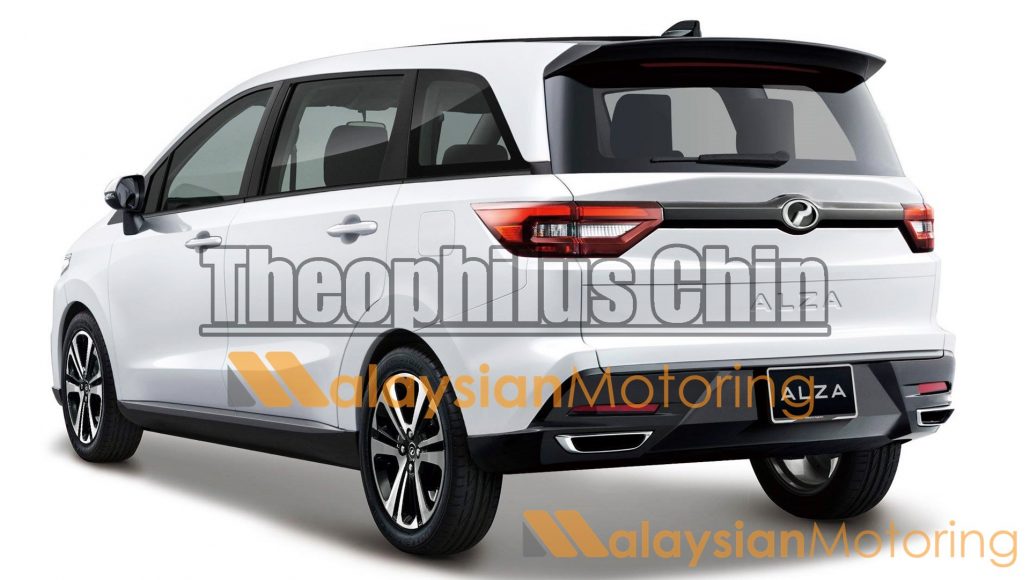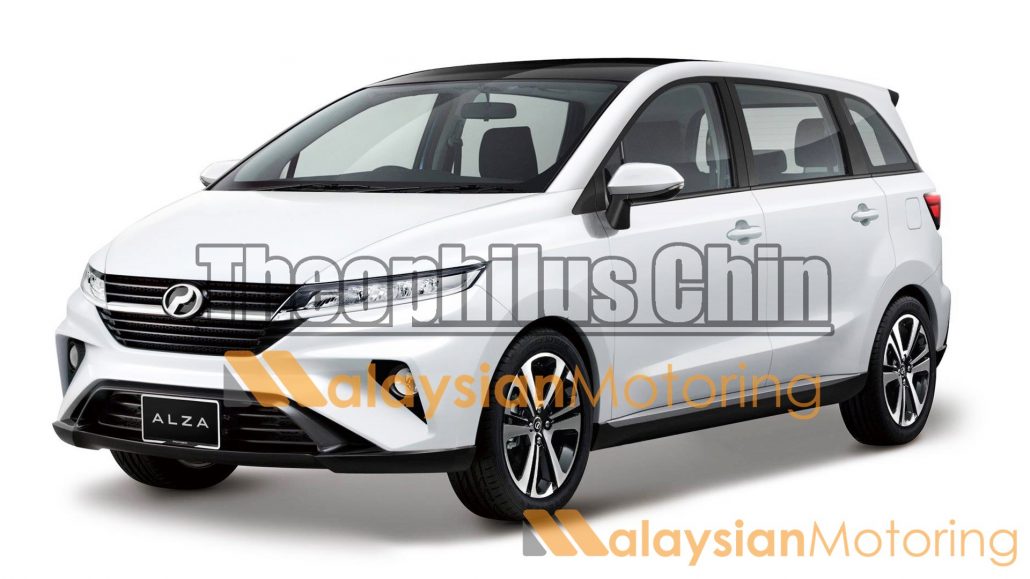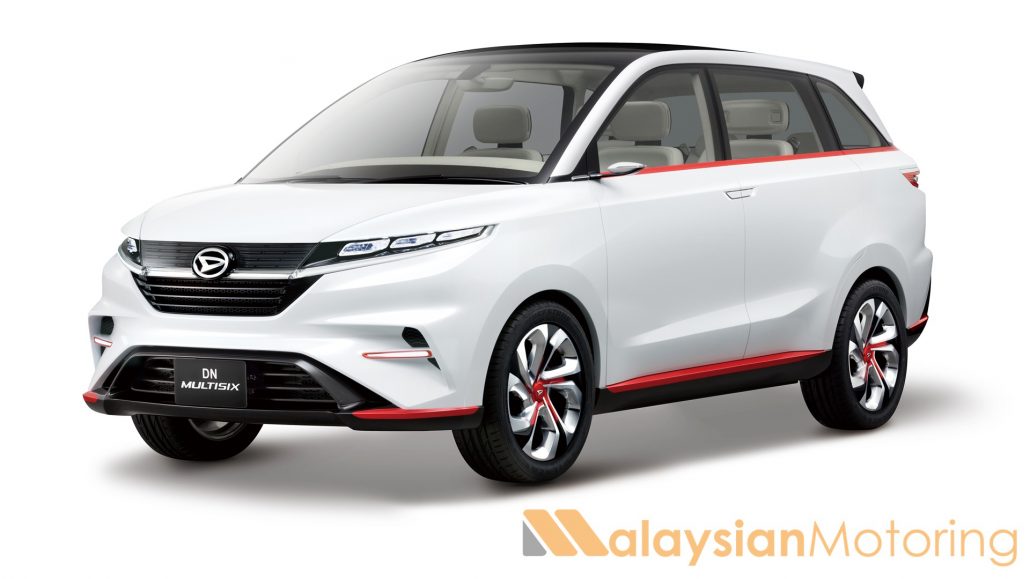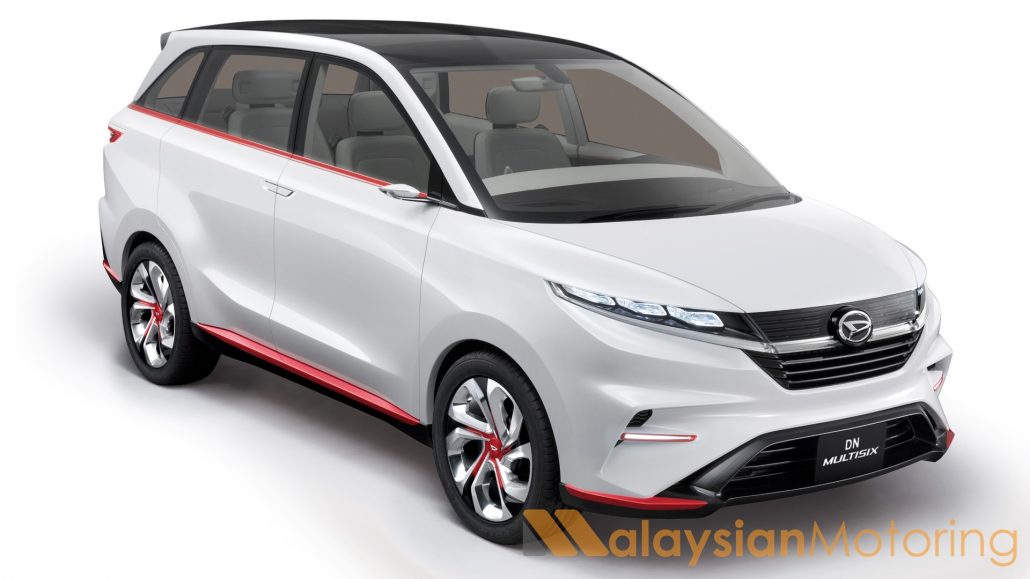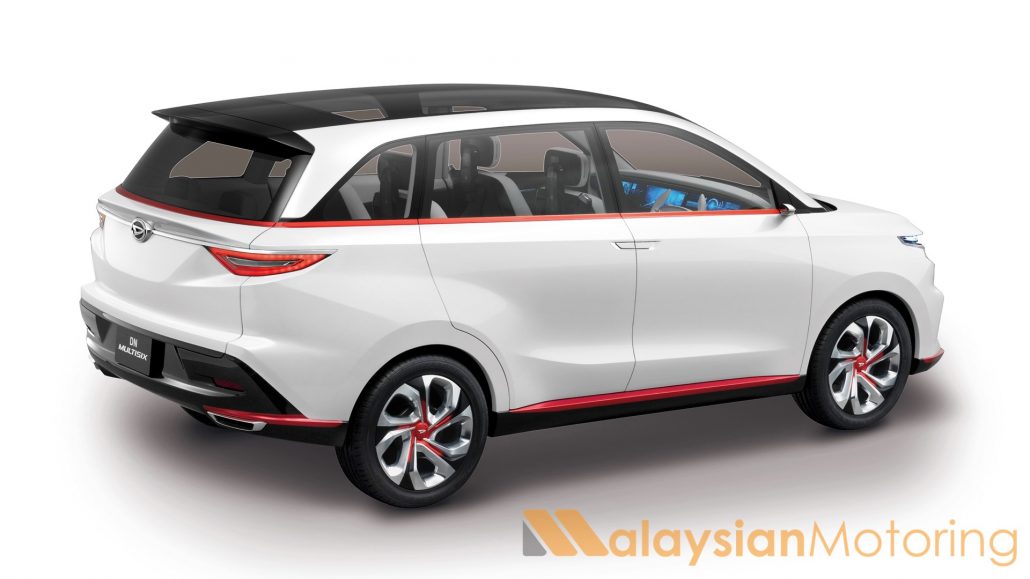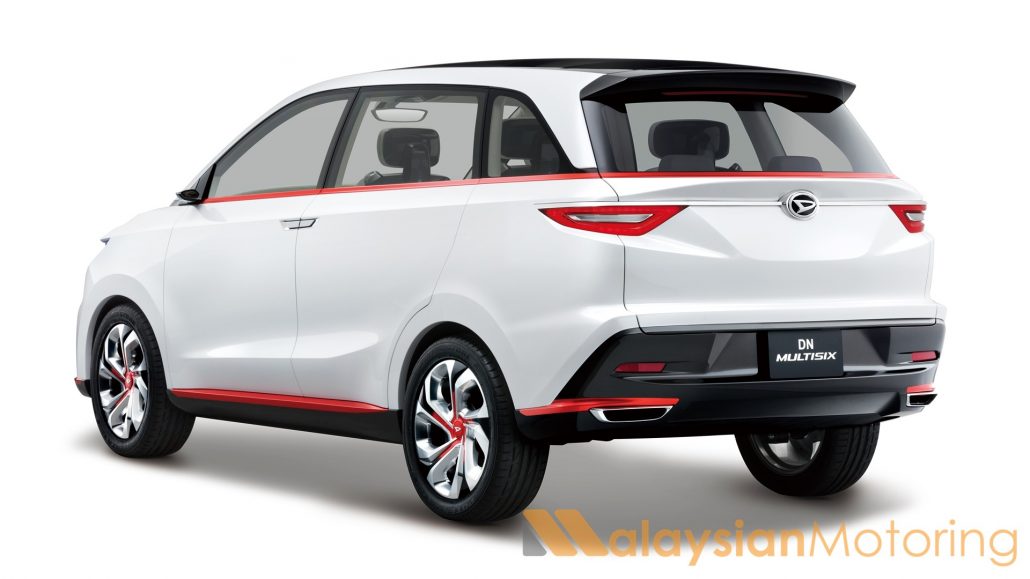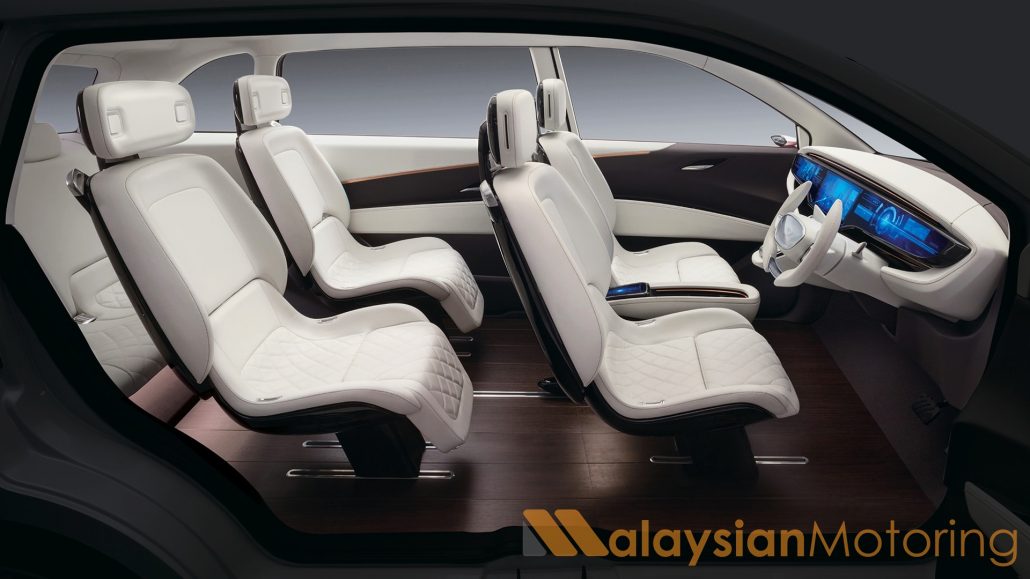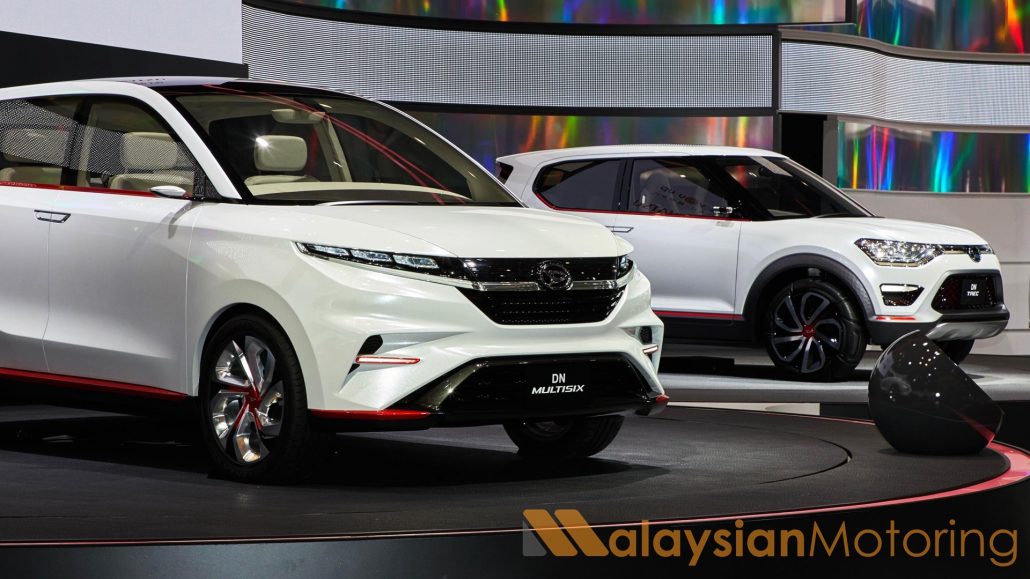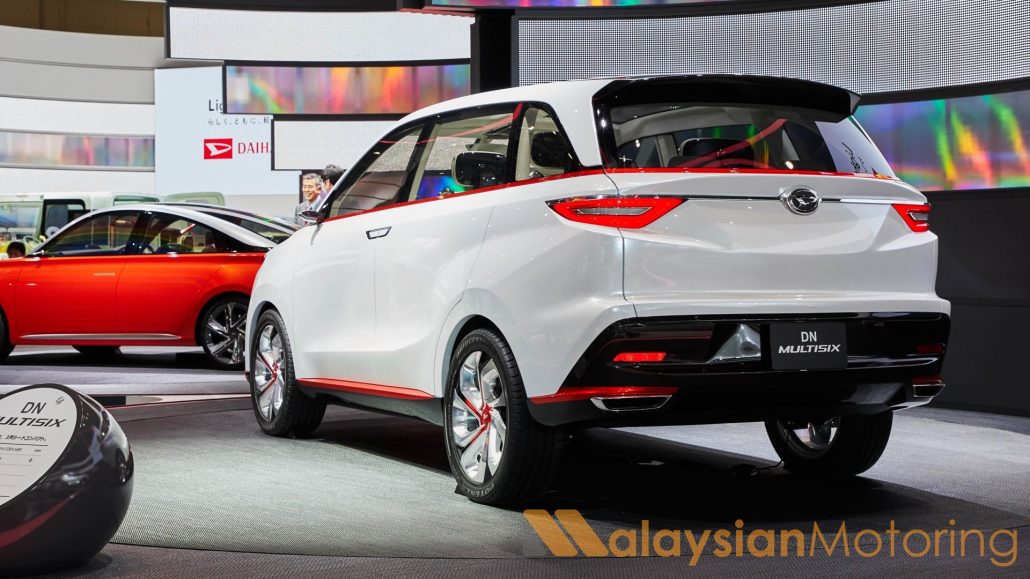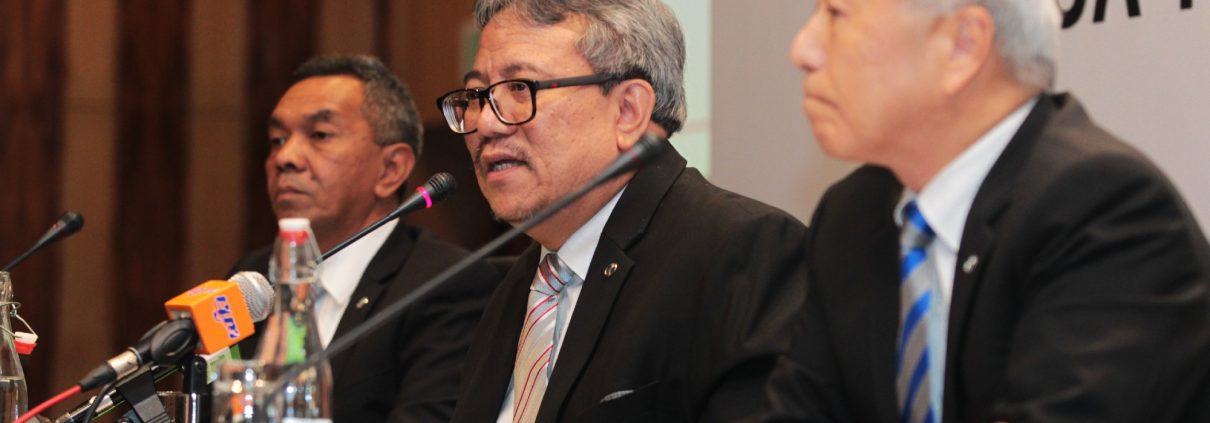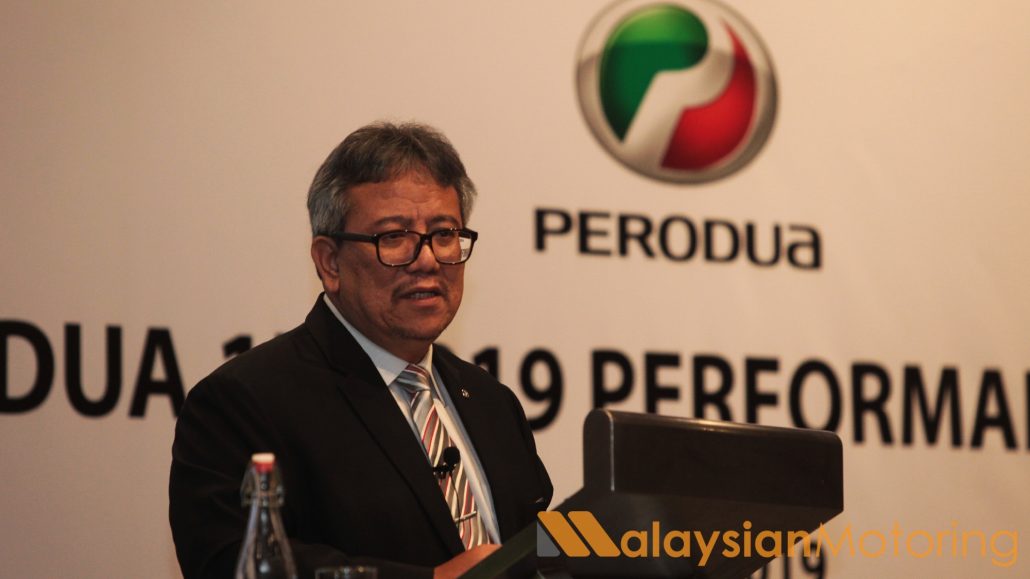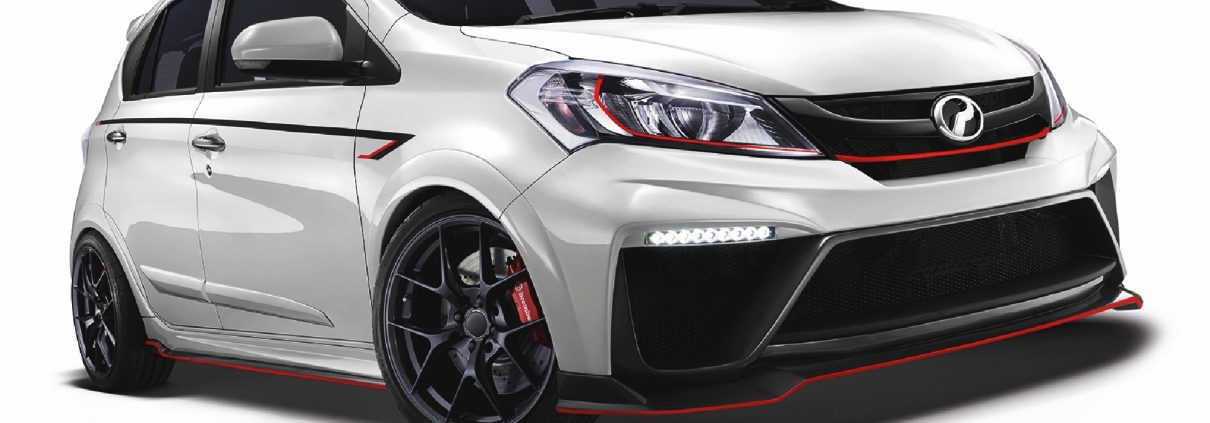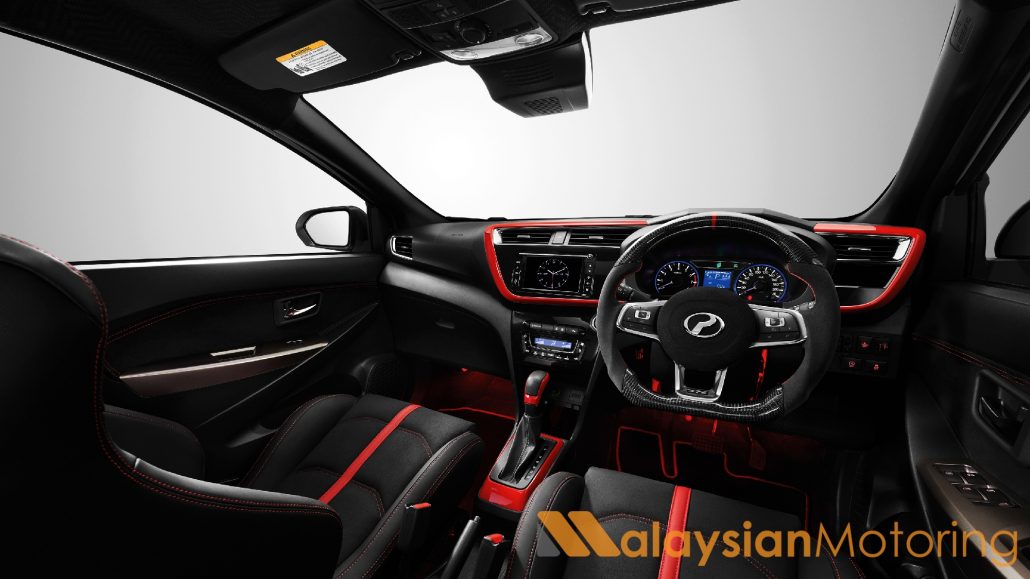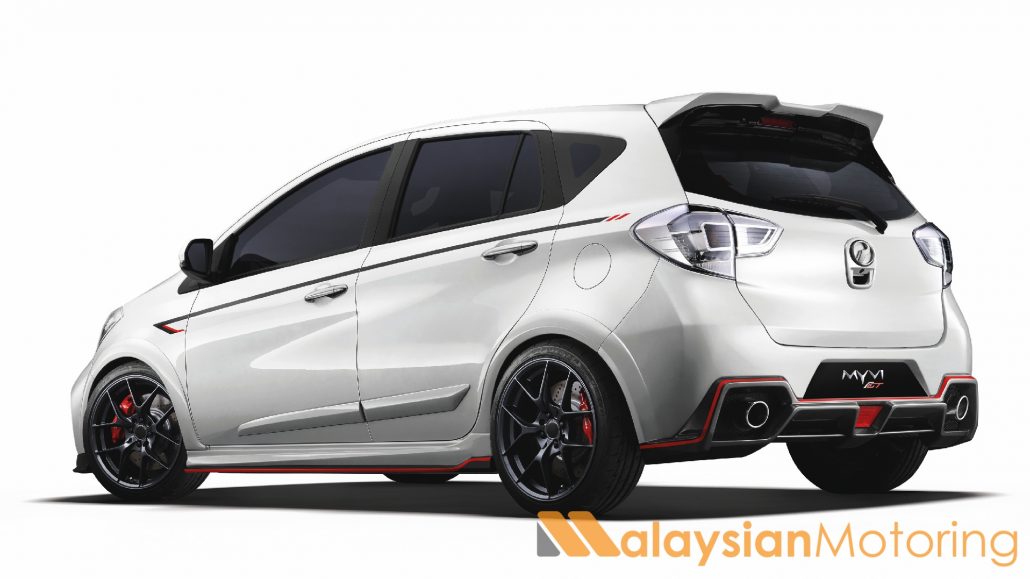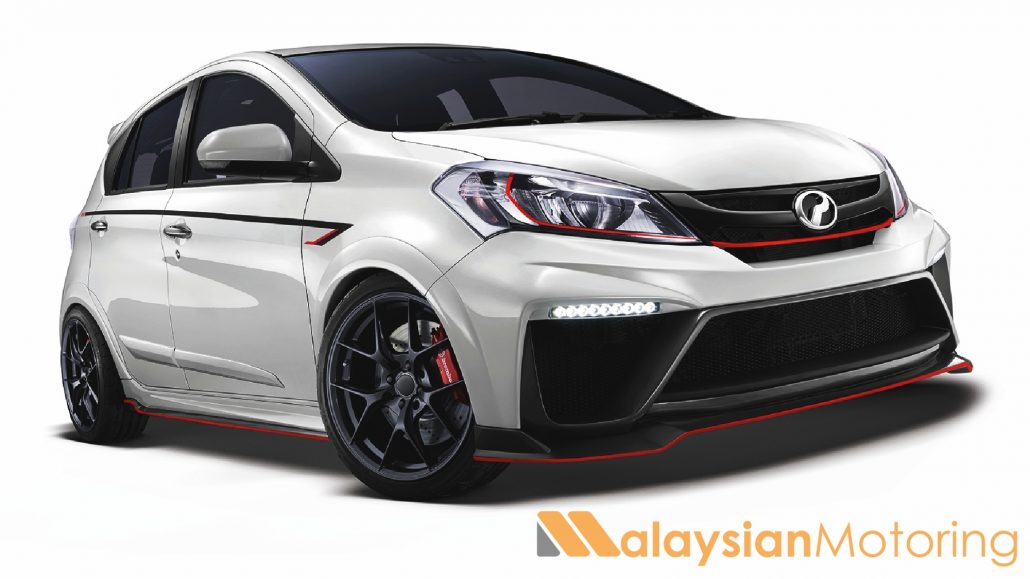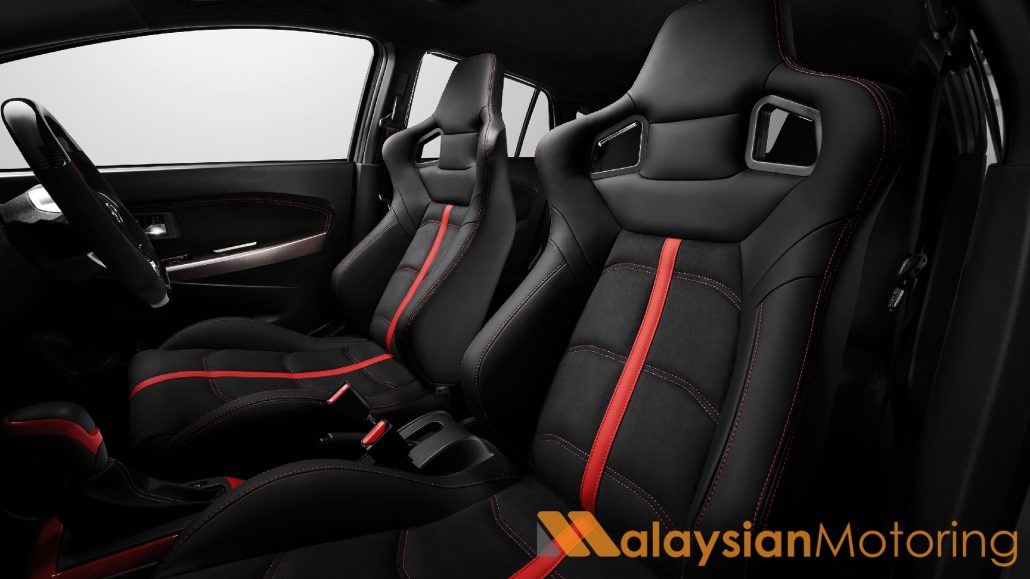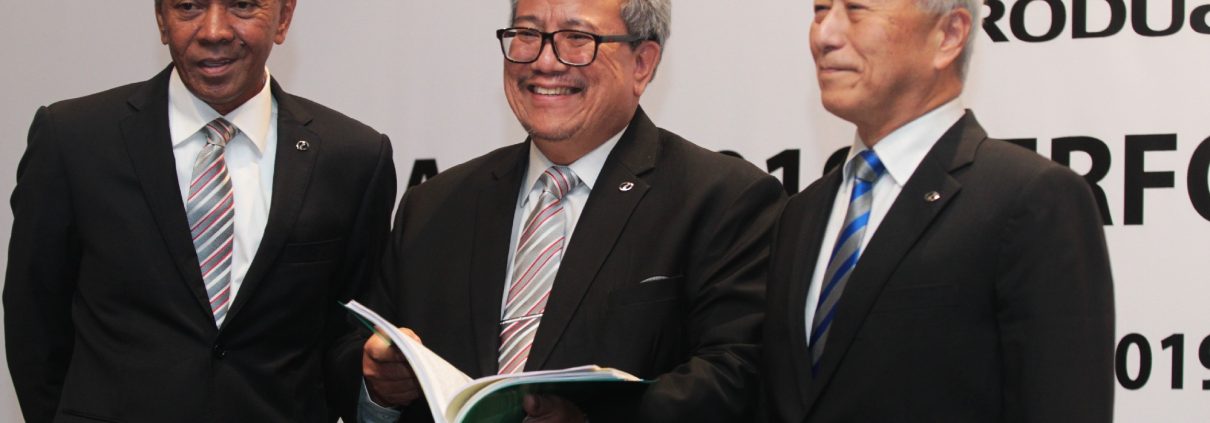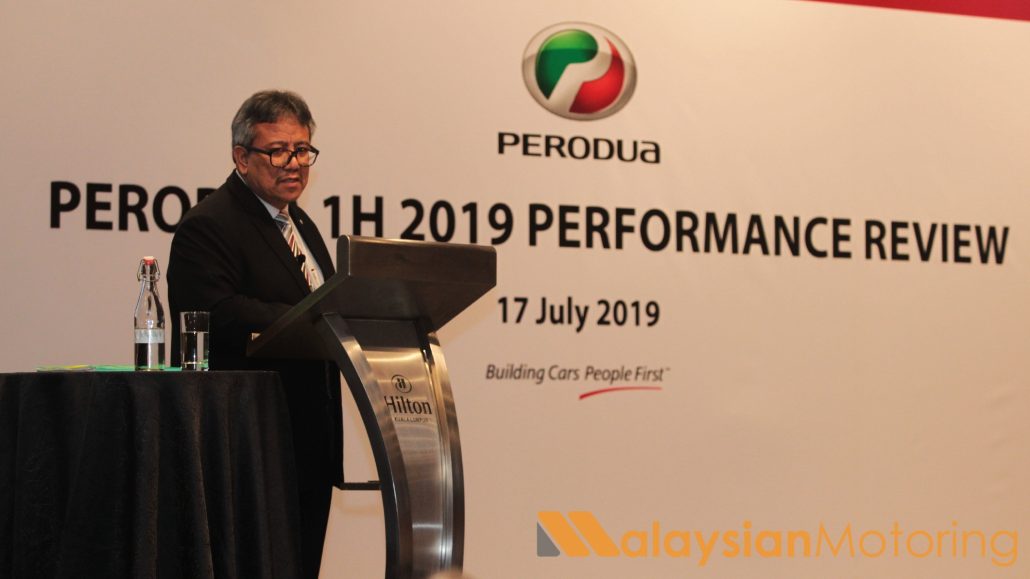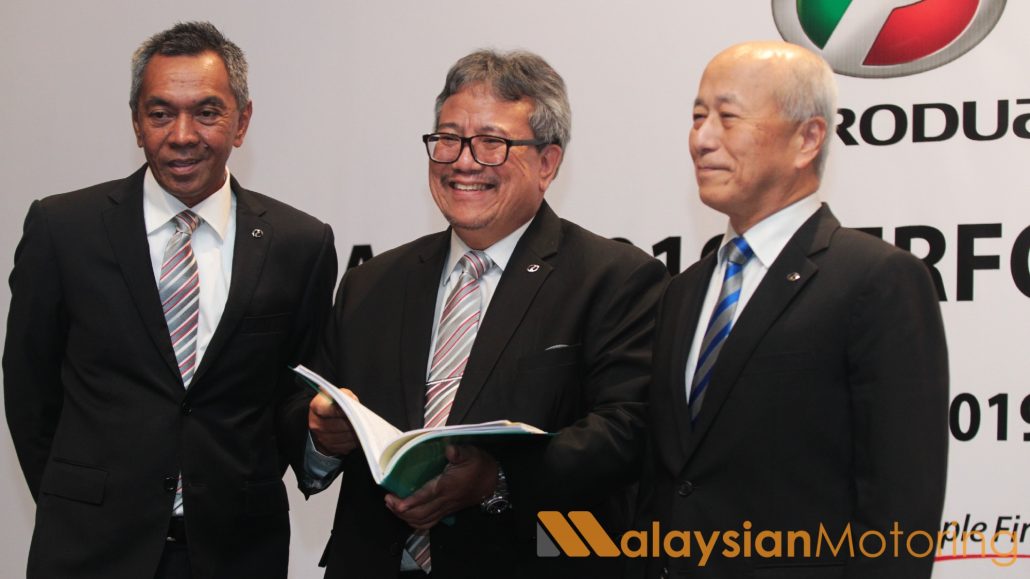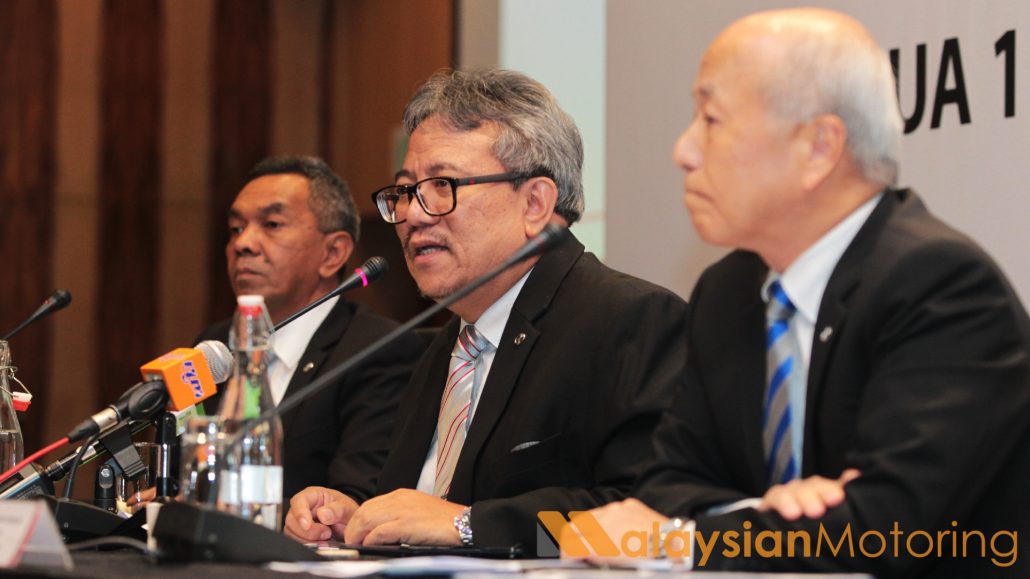Perodua ‘Alvan’ Rendered By Theophilus Chin
The Perodua Alza has been around for a good long while now, serving to fill the space in the Perodua lineup for buyers either looking for a more spacious option than a Perodua Myvi, or those who really want their 7-seater not to sit so far off the ground like a Perodua Aruz. It’s for this reason that the Alza, which has been on the market for nearly 11-years now, continues to represent a healthy chunk of Perodua’s annual sales figures.
The Alza’s multi-purpose nature, with its long wheelbase and roofline, has meant that it serves more purposes than just as a people-carrier. Within the Perodua factory you’ll find Alza’s serving as shuttle cars, whereas a large proportion of SME operators adore their Alzas because of just how much flotsam you can cart around in them.
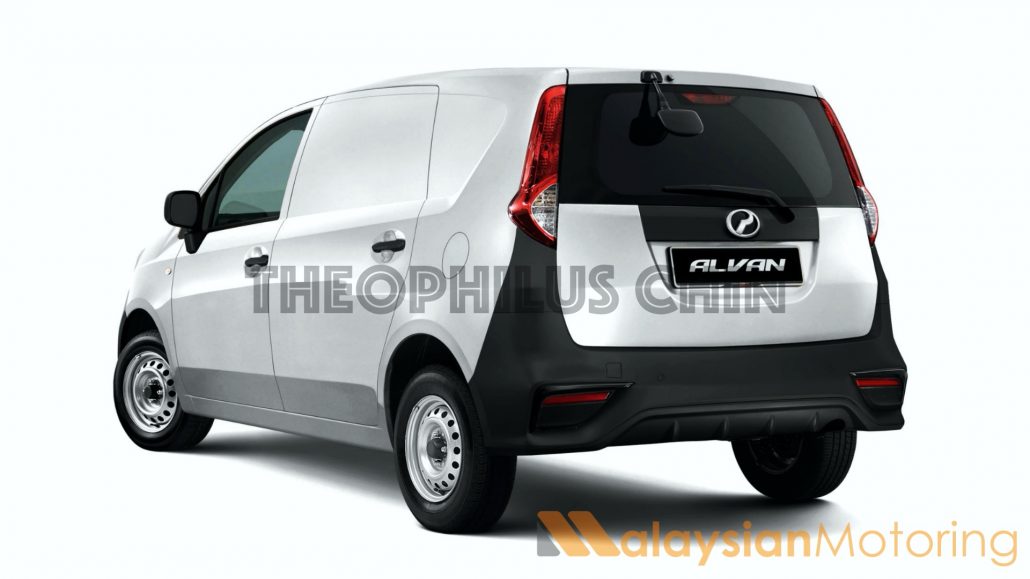
To that end, renowned photo-manipulator Theophilus Chin has put stylus to drawing pad to bring us his rendition of an Alza panel van, which he’s christened the ‘Alvan.’ With only an exterior rendering to go on, the changes are pretty obvious – in keeping with its status as a commercial vehicle, the ‘Alvan’ rides on steel wheels, with unpainted bumpers on either end and a pair of unpainted door mirrors.
The lack of finish continues with the door handles as well as the tailgate garnish, but the eagle-eyed amongst you would have probably also noticed that the taillights have been swapped out for bulb-type units, eschewing the LED-units that you get as standard in Alzas now.
Theo did however go a little further beyond the usual this time by rendering the Alvan as two versions – one with standard doors like the existing car, and one as a sliding-door version like a proper van. Which one do you think is best? Let us know in the comments below.
GALLERY: Perodua ‘Alvan’ by Theophilus Chin


